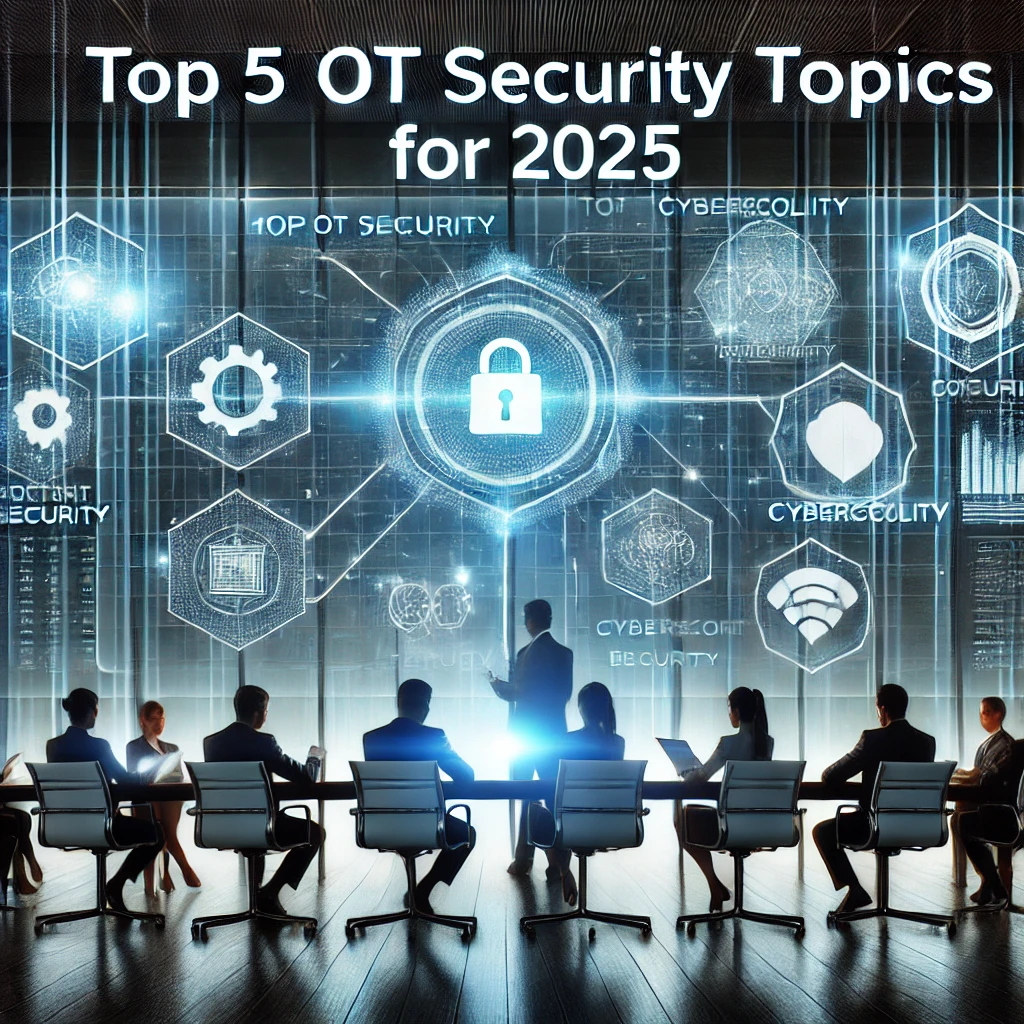At first glance, golf and cybersecurity couldn’t be more different. One is played on sprawling courses under the sun, while the other often takes place in dimly lit offices filled with screens. But if you look a little deeper, you’ll find some fascinating parallels between the two. As someone who spends my days immersed in cybersecurity and my free time chasing that elusive perfect golf swing, I’ve realized these two worlds have a lot in common.
Both are lifelong pursuits, where perfection is impossible but improvement is always within reach. Let me take you through some of the surprising ways golf and cybersecurity overlap—and why it matters.
The Pursuit of Improvement
In golf, no matter how many times you play, there’s always something to fix: your grip, your swing, your short game, you name it. You hit a great shot, but then the next one reminds you how far you still have to go. Cybersecurity is no different. You patch a vulnerability, only to discover two more waiting in the wings. The goal isn’t to be perfect—that’s impossible—but to keep getting better.
The Lesson: Both golf and cybersecurity are about the journey. It’s the process of improving, even in small increments, that makes them rewarding.
Managing Risks
If you’ve ever stood on the tee box of a tricky hole, you know the feeling. Should you play it safe with a layup, or take the risk and try for the green? In cybersecurity, the same calculations happen every day. Should you invest in a flashy new tool, or stick with tried-and-true defenses? In both cases, you weigh the risks, evaluate the rewards, and make the best decision with the information you have.
The Lesson: Whether it’s avoiding water hazards or cyberattacks, success comes down to smart risk management.
Tools Are Nice, But Skills Are Key
I’ll admit it—there’s nothing quite like the thrill of upgrading your golf gear. A new driver feels like a fresh start. But no matter how expensive your clubs are, they won’t fix a bad swing. The same goes for cybersecurity. You can buy the most advanced tools on the market, but without skilled people using them, they’re just expensive paperweights.
The Lesson: Fundamentals matter. Whether it’s your golf swing or your network defenses, you can’t skip the basics.
The Mental Game
Golf is as much a mental battle as it is a physical one. One bad shot can mess with your head and ruin the rest of your round. Cybersecurity has its own mental challenges. A breach, an alert storm, or a looming deadline can cause panic if you’re not careful. In both cases, staying calm and focused is crucial.
The Lesson: Your mindset can make or break you. The ability to stay composed under pressure is a skill worth mastering.
Adapting to the Environment
Every golf course has its own personality—windy fairways, tricky bunkers, and greens that break when you least expect it. Cybersecurity is no different. Every organization has its own unique threats, vulnerabilities, and challenges. You can’t approach a links course the same way you approach a parkland course, just like you can’t use the same security strategy for every organization.
The Lesson: Adaptability is key. You have to tailor your approach to fit the conditions in front of you.
Continuous Monitoring and Adjustment
In golf, you’re constantly checking and adjusting—reading the wind, gauging the slope, and recalibrating your strategy based on how the game is going. Cybersecurity works the same way. Continuous monitoring is essential to catch threats in real-time and pivot when something unexpected happens.
The Lesson: Pay attention. Success comes from staying alert and making adjustments when needed.
Team vs. Individual Effort
Golf might seem like a solo sport, but even the best players rely on caddies, coaches, and sometimes teammates in events like the Ryder Cup. Cybersecurity is no different—it’s a team sport. No single person can secure an organization alone. Collaboration is critical, whether it’s between team members or across departments.
The Lesson: Behind every individual effort is a team working together toward a shared goal.
Final Thoughts
Golf and cybersecurity are about more than just the game—they’re about the mindset. Both require patience, resilience, and a commitment to getting better, one step at a time. The pursuit of perfection may be impossible, but that’s what makes them so rewarding.
So, the next time you’re out on the course, trying to fix your slice, or sitting at your desk patching vulnerabilities, remember: It’s not about being perfect—it’s about progress. And that’s what makes it all worth it.


